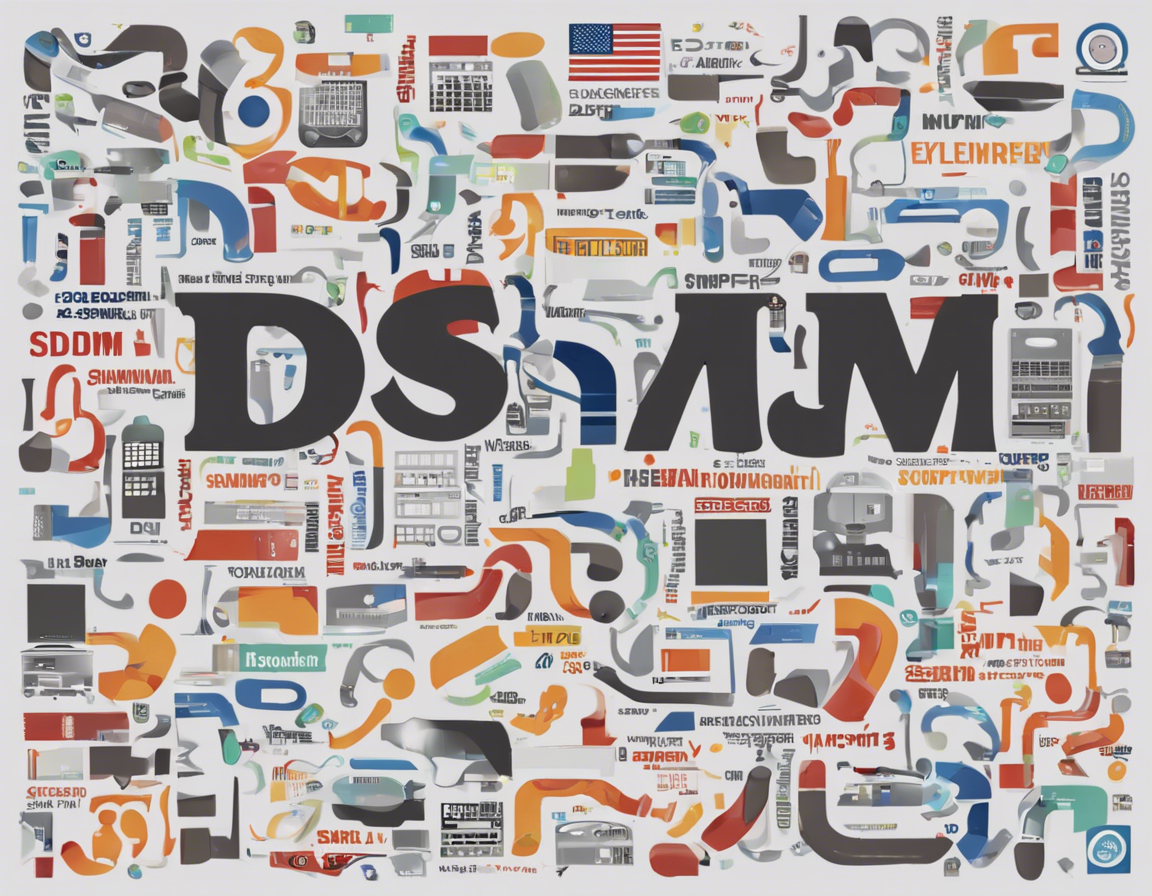Shared Decision Making (SDM): Enhancing Patient-Centered Care In the realm of healthcare, the concept of Shared Decision Making (SDM) has gained promi
Shared Decision Making (SDM): Enhancing Patient-Centered Care
In the realm of healthcare, the concept of Shared Decision Making (SDM) has gained prominence in recent years. It represents a collaborative approach between healthcare providers and patients to make decisions about their care. This model empowers individuals to actively participate in the decision-making process by providing them with relevant information about the available treatment options, potential risks and benefits, and the outcomes associated with each choice.
Definition and Principles of SDM
Shared Decision Making is a process where healthcare professionals and patients work together to make decisions that align with the patient’s preferences, values, and goals. The key principles of SDM include:
-
Respect for Patients’ Autonomy: Patients are empowered to make informed choices about their healthcare.
-
Information Sharing: Healthcare providers share evidence-based information about treatment options, potential outcomes, and uncertainties.
-
Deliberation: Patients and providers engage in discussions to deliberate on the available options, considering the patient’s preferences and values.
-
Decision Support: Tools like decision aids are used to facilitate the decision-making process by clarifying the options and outcomes.
-
Agreement: A joint decision is made based on the patient’s preferences, informed by clinical evidence and expertise.
The Role of SDM in Patient-Centered Care
Patient-centered care emphasizes the importance of considering the individual’s preferences, values, and needs in the delivery of healthcare services. SDM aligns with this approach by ensuring that patients are actively involved in decisions regarding their treatment, leading to more personalized and tailored care. By incorporating SDM into clinical practice, healthcare providers can promote better communication, enhance patient satisfaction, improve treatment adherence, and ultimately achieve better health outcomes.
Uses of SDM in Clinical Practice
1. Treatment Options: SDM is particularly valuable when multiple treatment options are available, each with unique benefits and risks. In such cases, engaging patients in the decision-making process can help them choose the option that best aligns with their values and preferences.
2. Chronic Disease Management: For patients with chronic conditions, SDM can support the development of care plans that are sustainable, realistic, and patient-centered. By involving patients in decisions about their ongoing care, healthcare providers can enhance treatment adherence and health outcomes.
3. End-of-Life Care: SDM plays a crucial role in discussions around end-of-life care and advance care planning. By involving patients in decisions about their preferences for care at the end of life, healthcare providers can ensure that the care provided aligns with the individual’s wishes.
Examples of SDM in Practice
-
Cancer Treatment Decisions: When faced with treatment options for cancer, patients may choose between surgery, chemotherapy, radiation, or a combination of these. SDM in oncology involves providing patients with detailed information about each option, discussing the potential outcomes, and considering the patient’s preferences to make an informed decision.
-
Maternity Care: In obstetrics, SDM is used to involve pregnant women in decisions about their prenatal care, labor and delivery options, and postpartum care. By engaging expectant mothers in the decision-making process, healthcare providers can tailor care plans to meet the individual’s needs and preferences.
-
Management of Chronic Conditions: Patients with chronic conditions like diabetes, hypertension, or arthritis may have to make ongoing decisions about their treatment, lifestyle modifications, and self-management strategies. SDM in chronic disease management empowers patients to actively participate in these decisions, leading to better health outcomes.
Challenges and Barriers to Implementing SDM
While SDM has numerous benefits, its implementation in clinical practice may face challenges such as:
-
Time Constraints: Healthcare providers may have limited time during consultations to engage in comprehensive discussions about treatment options with patients.
-
Health Literacy: Patients with low health literacy levels may struggle to understand complex medical information, hindering their ability to actively participate in decision-making.
-
Decision Aids: The availability and accessibility of decision support tools, such as decision aids, may vary across healthcare settings, impacting the implementation of SDM.
Frequently Asked Questions (FAQs) about Shared Decision Making
-
What is the difference between informed consent and Shared Decision Making?
Informed consent focuses on ensuring that patients understand the risks and benefits of a specific treatment or procedure before providing their consent. Shared Decision Making extends beyond this by actively involving patients in the decision-making process, considering their values, preferences, and goals. -
How can healthcare providers facilitate SDM in practice?
Healthcare providers can facilitate SDM by engaging in open and respectful communication with patients, providing them with unbiased information about treatment options, and using decision support tools like decision aids. -
Is SDM suitable for all patients?
SDM can be adapted to meet the needs and preferences of different patients, regardless of their age, health condition, or cultural background. It is particularly valuable for decisions involving multiple options or significant uncertainties. -
Are there any training programs available for healthcare providers to enhance their skills in SDM?
Several training programs and resources are available to help healthcare providers develop their skills in SDM, including communication techniques, shared decision-making tools, and strategies for engaging patients in the decision-making process. -
Can SDM improve patient satisfaction and healthcare outcomes?
Research has shown that implementing SDM in clinical practice can improve patient satisfaction, enhance treatment adherence, and lead to better health outcomes by ensuring that care plans align with patients’ preferences and values.
In conclusion, Shared Decision Making represents a shift towards patient-centered care, empowering individuals to actively participate in decisions about their health. By fostering collaboration between healthcare providers and patients, SDM can improve communication, enhance treatment adherence, and ultimately lead to better health outcomes. Healthcare organizations and providers can benefit from integrating SDM into their practice to deliver more personalized and effective care to their patients.

COMMENTS